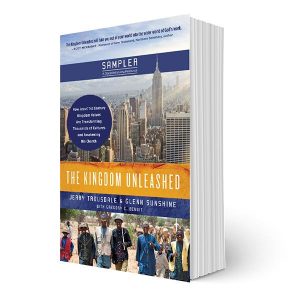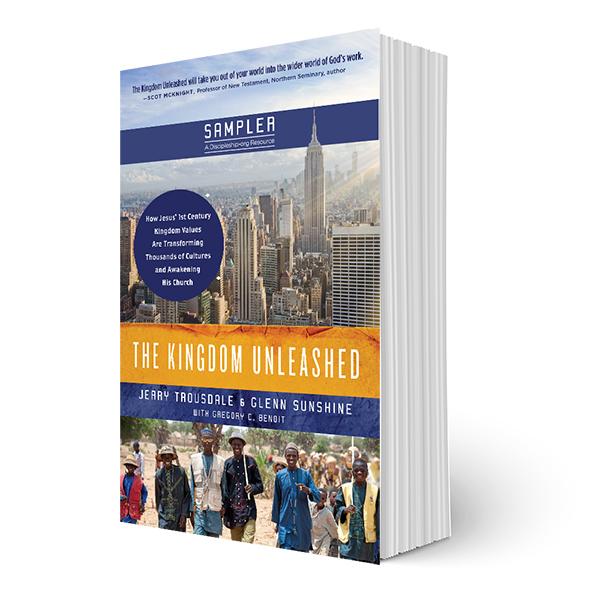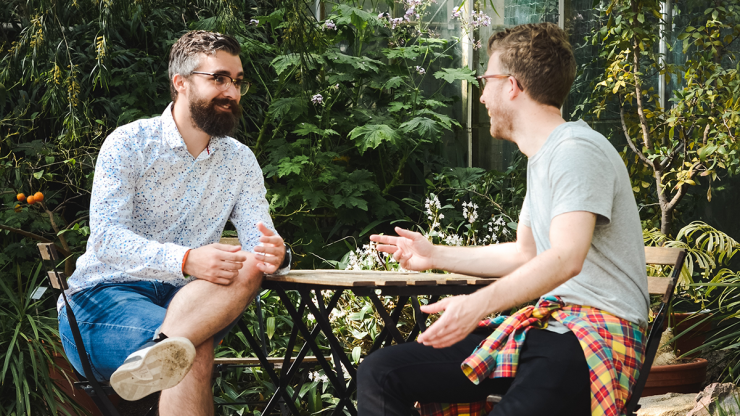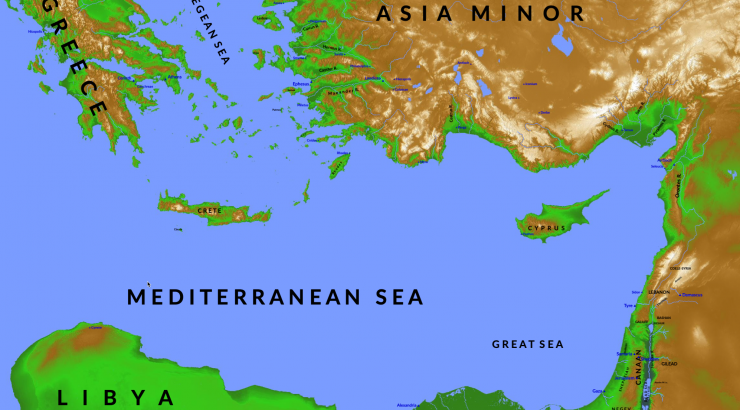The Moravians and Two Important Lessons on Prayer
 The following is an excerpt from The Kingdom Unleashed Sampler. Download this free eBook here.
The following is an excerpt from The Kingdom Unleashed Sampler. Download this free eBook here.
The Moravian Prayer Movement
In 1415, Bohemian reformer Jan Hus had challenged the wealth and political power of the Catholic church and the immorality of the clergy, and thus he had to be eliminated. It wasn’t long before, at a church council meeting at Constance, he was labeled a heretic and was executed. The people of Bohemia supported Hus and protested his execution. Referred to as Hussites by their detractors, they rose up in revolt when threats were made against them. Pope Martin V called crusades to put down the rebellion, but the Bohemian Hussites defeated every army sent against them. Finally, the Pope gave in; he allowed them several reforms that they had demanded, and a de facto national church in Bohemia was established.
This is an excerpt from The Kingdom Unleashed Sampler. Download this free eBook here.
In 1457, a group broke off from the main body of Hussites, calling themselves the Unity of Brethren. With the Protestant Reformation, many of the Hussites became followers of Luther or Calvin; in fact, the Hussites are considered the first Protestants in the Czech Republic. By this point, about 90 percent of the population were Protestants or Hussites. When the Thirty Years’ War broke out in 1618, Catholic armies destroyed the Bohemian army at the Battle of White Mountain (1620), and the kingdom was forcibly re-Catholicized. Protestant schools were closed, Protestant noblemen were executed or exiled, and Bohemia lost nearly three quarters of its population in the course of the war.
The Unity of Brethren did not go away, however. Many went into exile throughout northern Europe, but some stayed underground in the borderlands between Moravia and Silesia. This group continued to be persecuted, so they contacted Count Nicholas Ludwig von Zinzendorf in 1720, a Pietist known for helping those in need, and he gave them permission to settle on his estates. The Unity of Brethren moved to Germany and established the town of Herrnhut on Zinzendorf’s property.
Unfortunately, the town was soon divided into factions over theological differences that threatened to tear the settlement apart. Zinzendorf intervened and helped restore unity to the believers through the “Brotherly Agreement” adopted by the Moravians on May 12, 1727. Then on August 13, the group experienced a renewal that they compared to Pentecost in which they “learned to love one another.” This marked the beginning of the Renewed Unity of the Brethren, also known as the Moravian Brethren or the Moravian Church.
On August 27, 1727, two weeks after that renewal, twenty-four men and twenty-four women agreed to spend an hour each day in scheduled prayer, covering all twenty-four hours in the day, seven days a week. The idea soon grew, and the practice of continual prayer went on non-stop for more than one hundred years.
Out of this prayer meeting, the Moravians felt called to engage in foreign missions. This was the first major Protestant missionary movement not associated with colonization; it even predates what is usually considered the beginning of the modern mission movement with William Carey. Starting from a population of 300 in 1727, within sixty-five years they had sent 300 missionaries around the world, including to North and South America, Africa, Asia, the Caribbean, and the Arctic. They were the first to evangelize slaves; some even sold themselves into slavery to gain access to slave communities. The Moravians were also the first to send laymen into the mission field rather than just ordained ministers.
John Wesley traveled to Georgia before he was a Christian on a ship that also carried some Moravian missionaries. In the middle of the Atlantic, a storm came upon them suddenly, catching the crew unprepared. In a scene of chaos, the mast snapped in half and the passengers went into panic—all except the Moravians, who were calmly praying and singing together on deck. This made a deep impression on Wesley, and he eventually became a follower of Christ at one of their meetings back in England. The Moravians thus played a critical role in the Wesleyan Revival, the start of Methodism, and the beginnings of British evangelicalism, which led to abolitionism and American evangelicalism, among other things. All of this grew out of repentance and a 100-year-long prayer meeting!
Two Important Lessons on Prayer
There are two lessons that we have learned from our fellow believers in the Global South. First, the church in the Global North does not pray enough. Second, when we do pray, our priorities tend to not be the same as God’s priorities. Let’s consider both of those lessons in this chapter.
This is an excerpt from the free eBook, The Kingdom Unleashed Sampler, which you can download here. Order the Full-Length Book Here.
Authors
JERRY TROUSDALE and his wife Gayle were missionaries among a Muslim people group in Africa. He pastored two mission sending churches, co-founded Final Command Ministries, and since 2005, has been Director of International Ministries for New Generations. He is also the author of best-selling book Miraculous Movements.
GLENN SUNSHINE is a professor of history at Central Connecticut State University, a senior fellow at the Colson Center for Christian Worldview, and the founder and president of Every Square Inch Ministries. He is an award-winning author, and has taught seminars on worldview, church history, and theology across the U.S. and in Europe and Asia.
GREGORY C. BENOIT brought his rich background in journalism, theology, and Christian publishing to this project.






